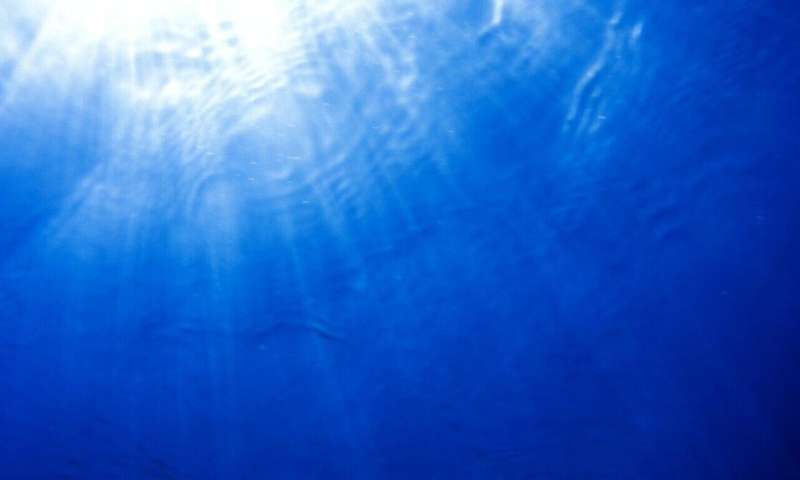
Located on the border of Kazakhstan and Uzbekistan, the Aral Sea was once the fourth largest lake in the world. With sharp retreat of Aral Sea since 1960s, the river bed dried up and the ecosystem seriously degraded.
Under the influence of both climate change and human activities, the Aral Sea retreated rapidly from 1960 to 2004, but the retreat has slowed down since 2005.
Researchers from the Xinjiang Institute of Ecology and Geography (XIEG) of the Chinese Academy of Sciences systematically analyzed the evolution trend of the Aral Sea over the past 50 years and the driving forces of the slowdown of retreat through extreme-point symmetric mode decomposition (ESMD) method and the multiple linear regression model.
The results indicated that, from 1960 to 2004, the water area of the Aral Sea experienced a rapid shrinking process at a rate of 1087.00 km2/year. Since 2005, the shrinking rate has slowed down significantly (760.00 km2/year).
In contrast to the Aral Sea, the area and number of water bodies around the Aral Sea showed an increasing trend. The oscillation periods of water level of the Aral Sea are 2.1 years, 7.6 years and 29.5 years, of which 29.5 years is the main period of oscillation.
The correlation between cropland and built-up area with water volume of the Aral Sea is more significant than that of temperature and precipitation.
Specifically, the accelerated melting of glaciers and snow caused by global warming together with the increased mountainous precipitation have led to a rise in upstream runoff. And the water withdrawal in the basin decreased at a rate of 7.69×108 m3/year since 2005. The increased upstream runoff and decreased water withdrawal jointly resulted in the increase in water delivery to the Aral Sea, which led to a slowdown of the Aral Sea retreat. The increase in the water area around the Aral Sea is mainly due to agricultural drainage in the basin.
The study was published in Atmospheric Research.
Explore further
Citation: Shrinkage rate of Aral Sea is slowing, study finds (2020, September 1) retrieved 1 September 2020 from https://ift.tt/32HzMZG
This document is subject to copyright. Apart from any fair dealing for the purpose of private study or research, no part may be reproduced without the written permission. The content is provided for information purposes only.
September 01, 2020 at 06:22PM
https://ift.tt/32HzMZG
Shrinkage rate of Aral Sea is slowing, study finds - Phys.Org
https://ift.tt/2CoSmg4
Sea
/cloudfront-us-east-2.images.arcpublishing.com/reuters/CZF6NULMVVMEXHOP7JK5BSPQUM.jpg)
No comments:
Post a Comment